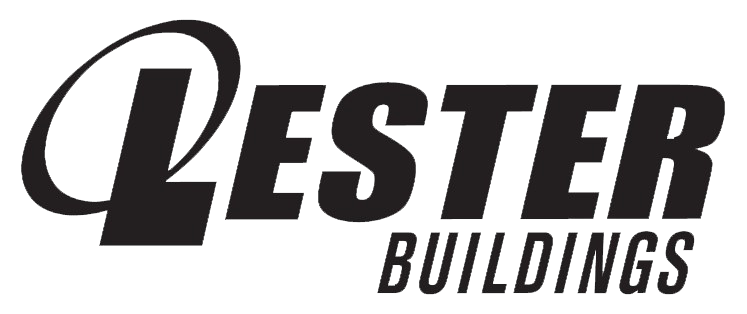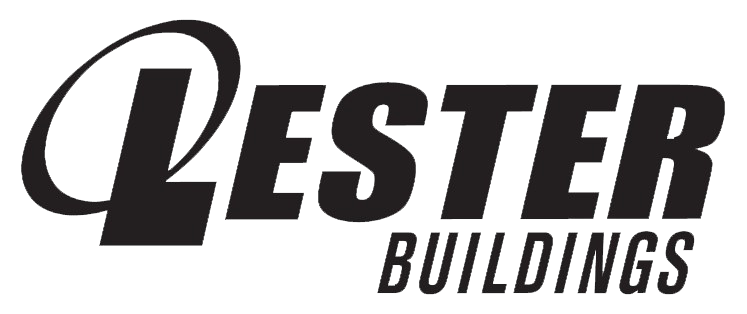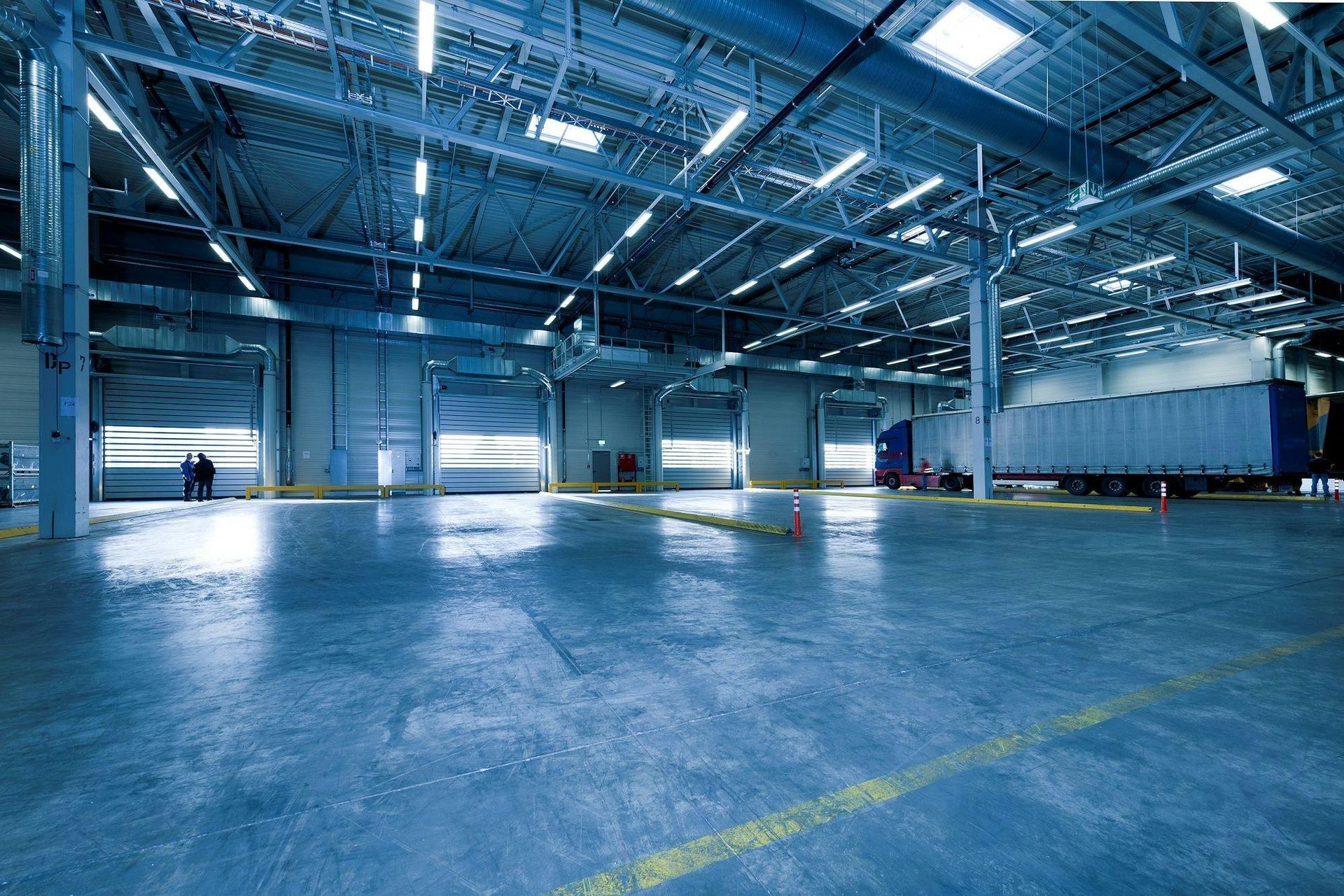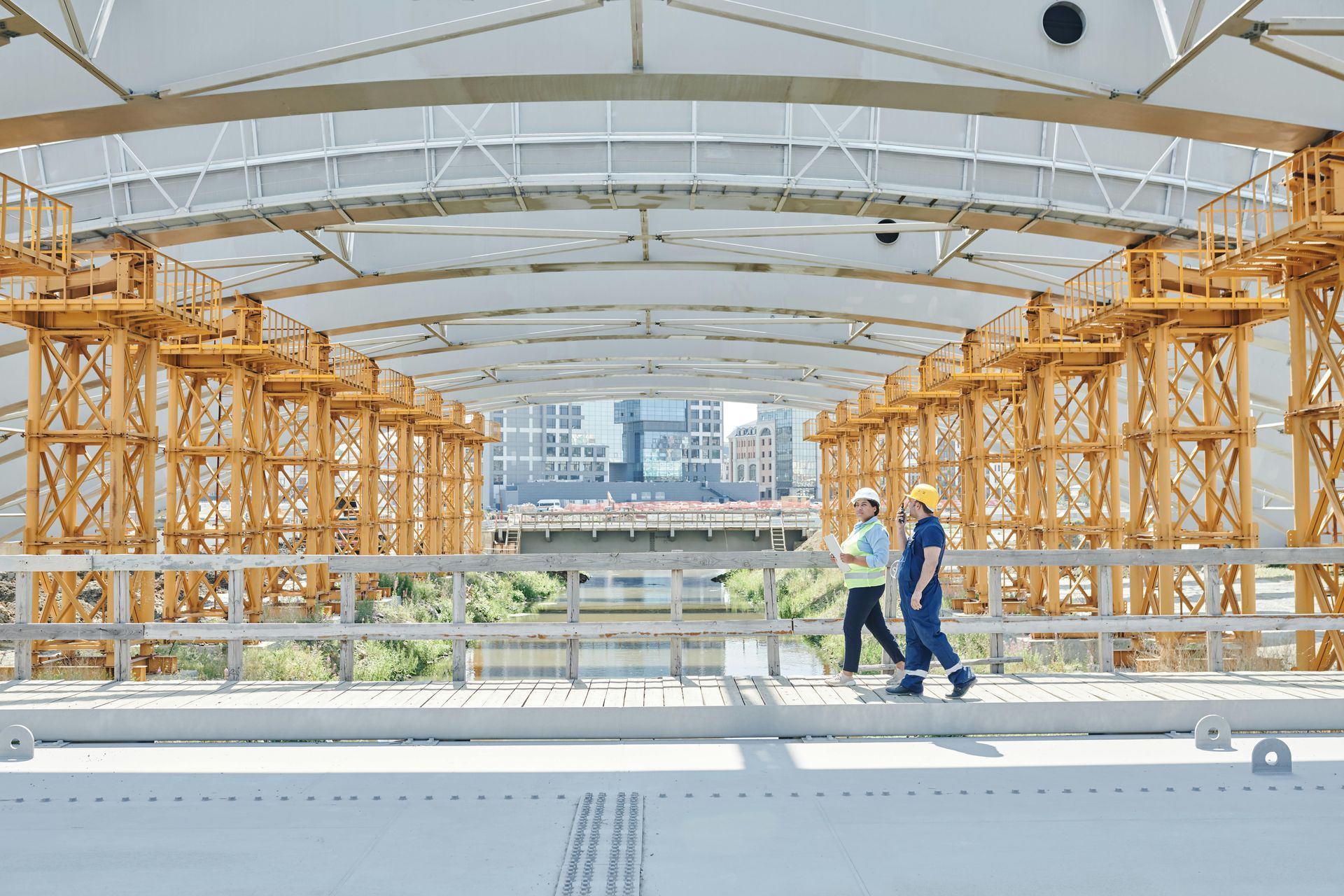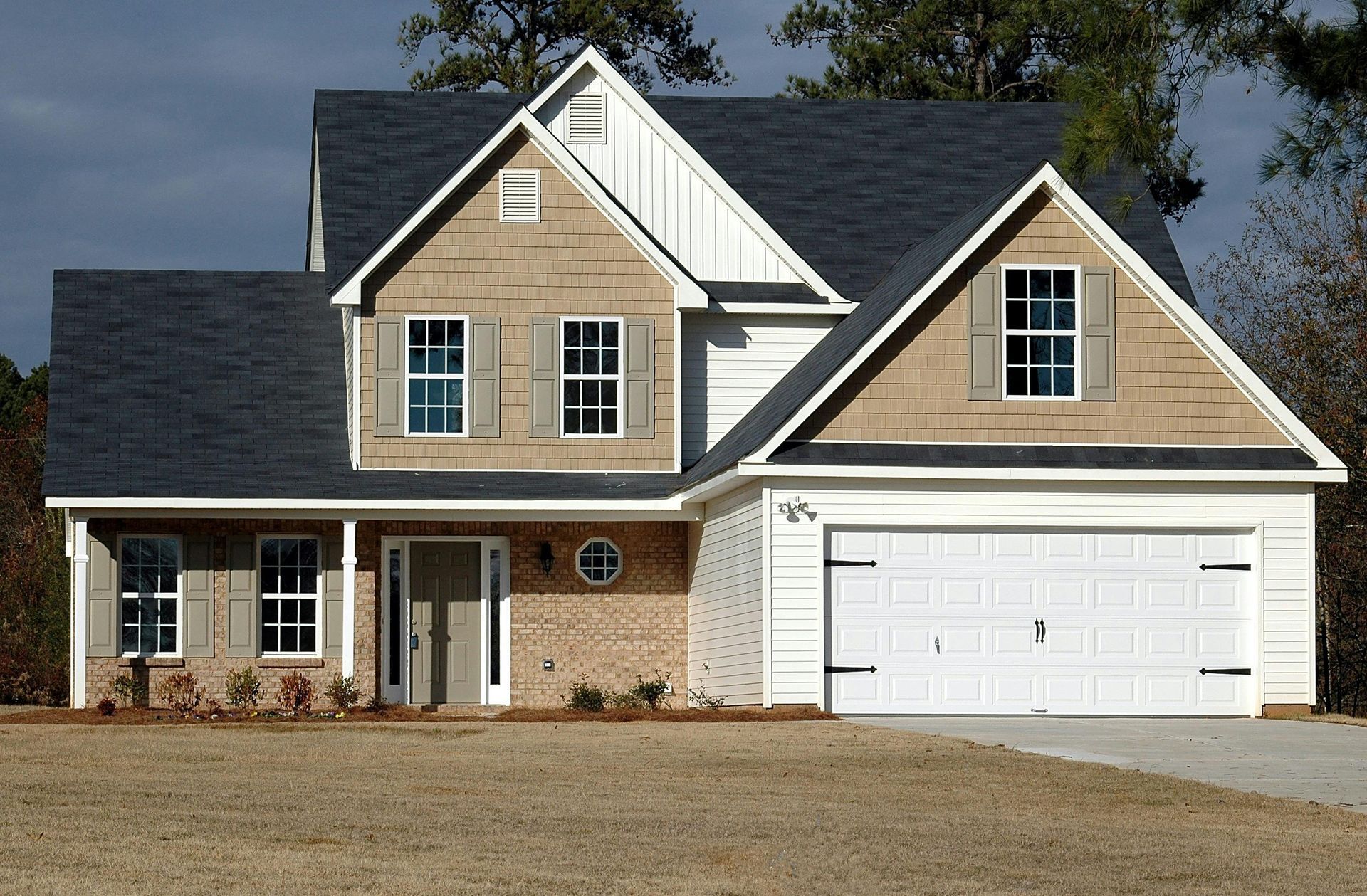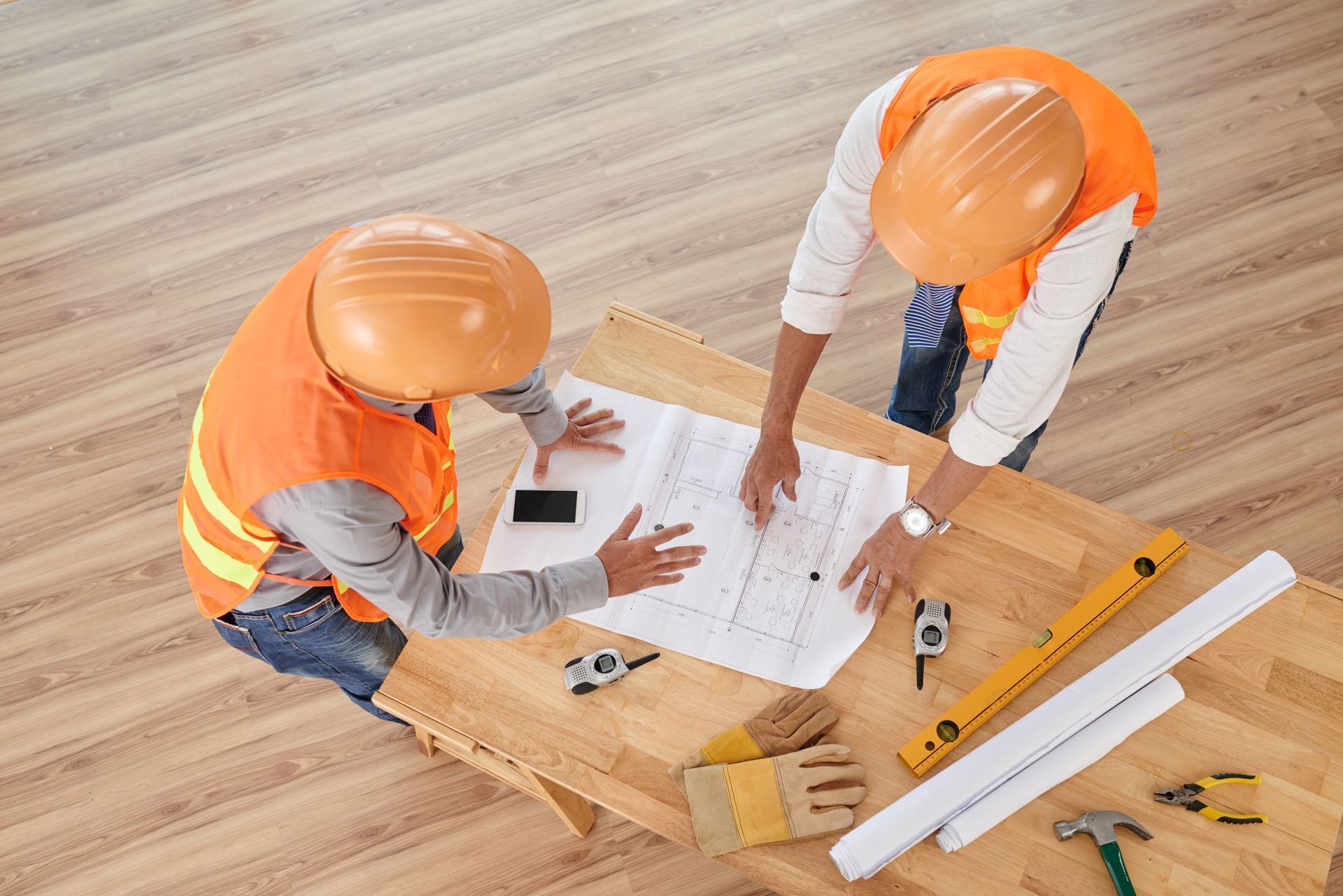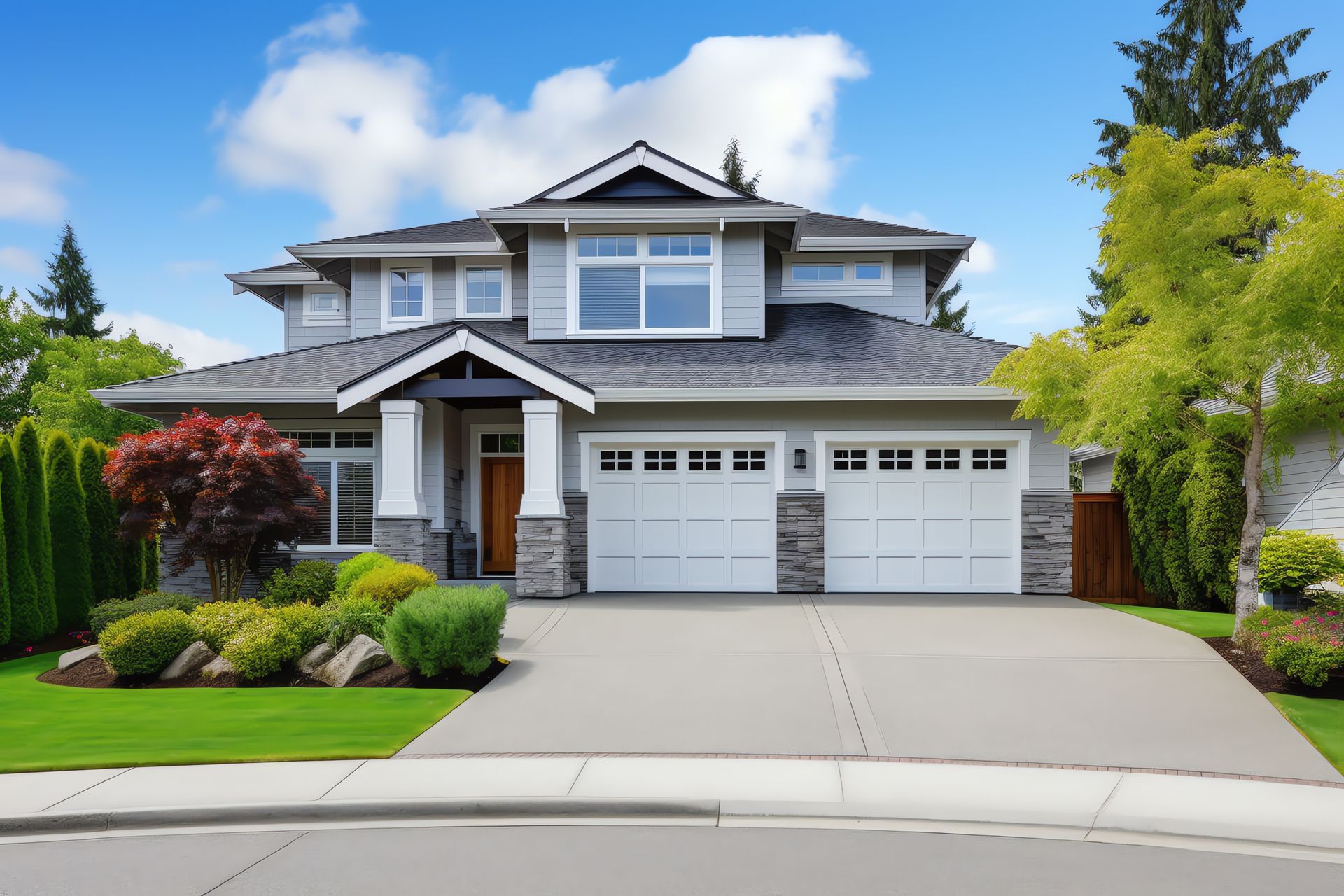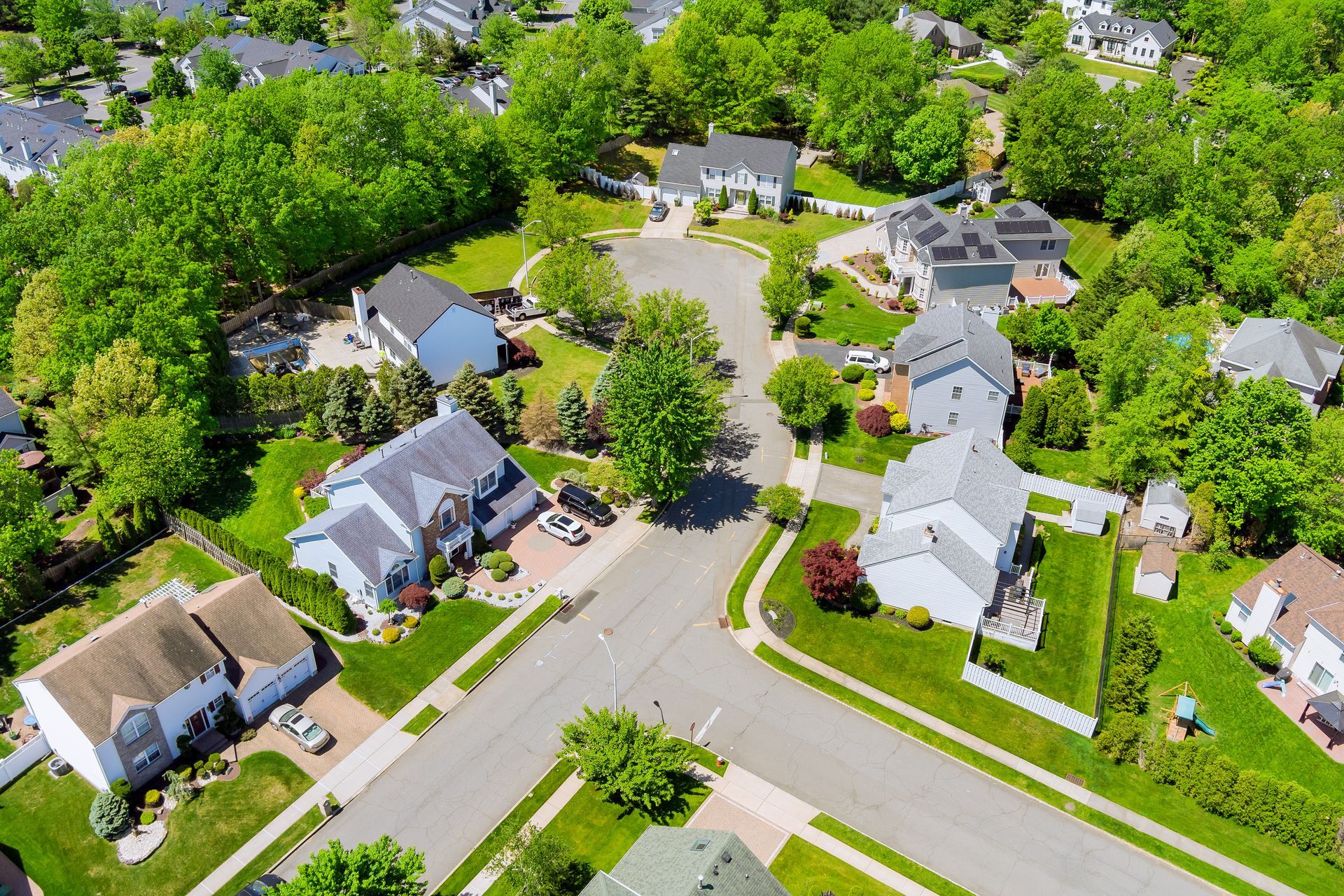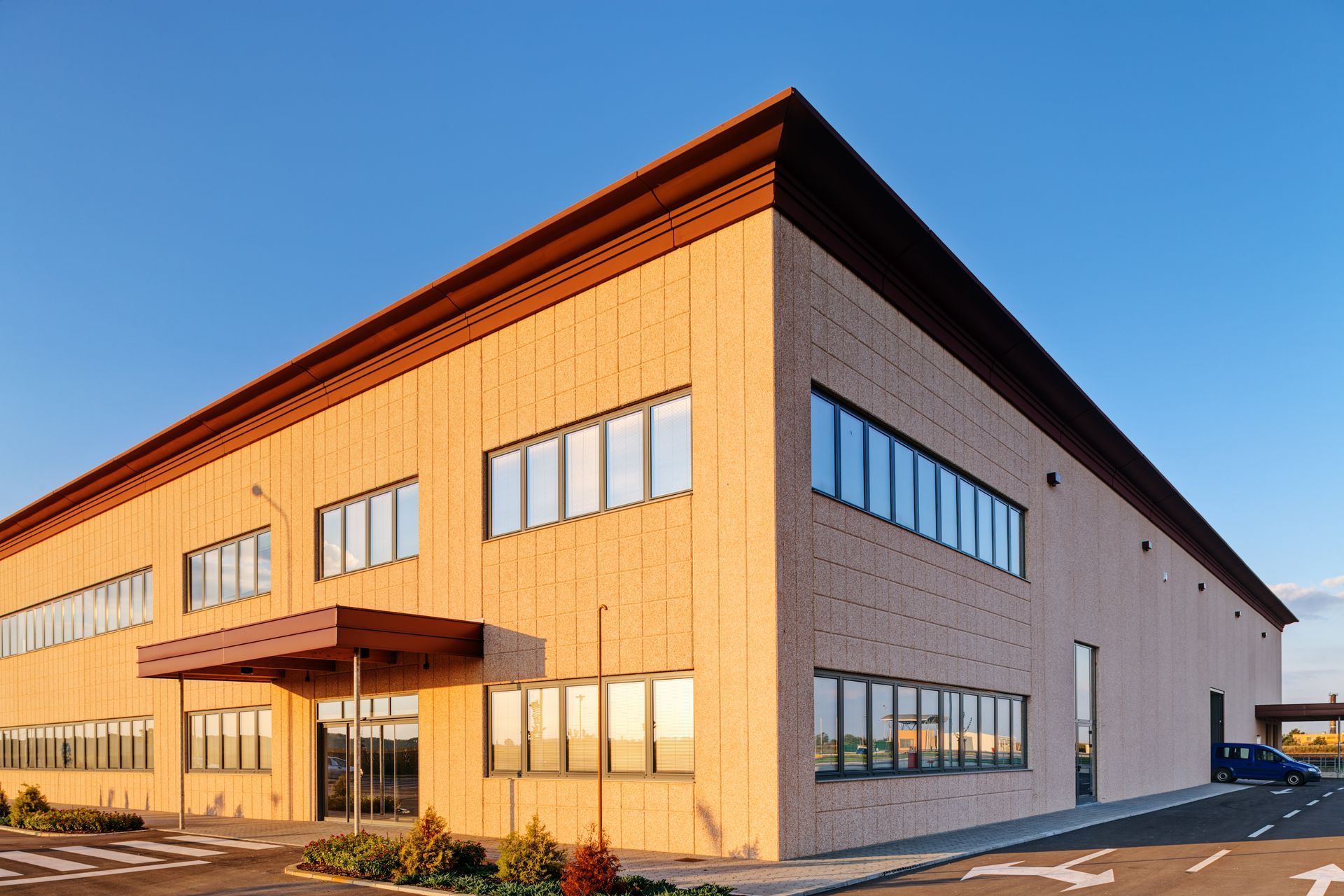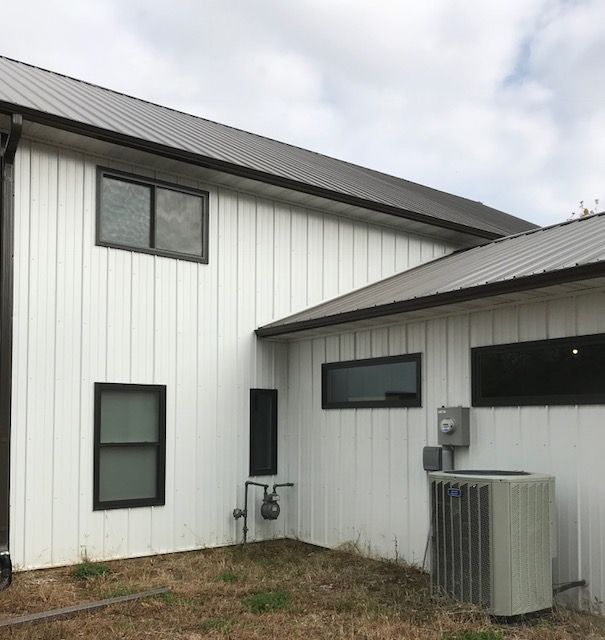Energy Efficiency in Commercial Buildings: How Modern Construction Helps
When people think of commercial buildings, they usually picture tall glass towers, busy office complexes, or modern retail spaces. What many don’t always consider is the role of energy efficiency in commercial buildings and how much of a difference modern construction can make. As a business owner, you already know that energy bills are no small part of the budget. The good news is that today’s building construction company practices are designed not just to create beautiful, functional spaces but also to save energy and money in the long run.
In this blog, we will explore how modern construction methods support energy efficiency, why it matters, and what business owners like you should keep in mind when planning or upgrading your space. Grab your coffee, because we’re diving into a topic that can save you a serious amount of cash and give your company a more sustainable future.
Why Energy Efficiency in Commercial Buildings Matters More Than Ever
Energy efficiency is no longer just a “nice-to-have” perk for commercial buildings. It has become a must-have for cost savings, environmental responsibility, and even employee well-being. Imagine running your business inside a building that constantly leaks air, overworks the HVAC system, and racks up monthly bills that could make your accountant cry. That is the opposite of efficiency, and it is surprisingly common in older structures.
Here’s why energy efficiency in commercial buildings has become a priority:
- Cost Savings: Energy-efficient buildings are designed to reduce waste, which directly lowers utility bills. The less your HVAC and lighting systems have to fight against leaks or outdated designs, the more money you keep in your pocket.
- Healthier Work Environment: Efficient buildings typically have better ventilation and lighting. That leads to happier employees and even higher productivity.
- Environmental Impact: Today’s customers and clients appreciate businesses that take sustainability seriously. Energy-efficient buildings show you care about the bigger picture.
- Long-Term Investment: Although building or upgrading to efficiency standards might cost more up front, the return on investment is significant over the life of the building.
If you are planning new construction, this is the time to insist on practices that maximize efficiency. Working with a reliable
building construction company that specializes in modern methods can help you reach these goals without compromising style or function.
How Modern Building Construction Companies Create Efficient Spaces
You might be asking yourself, “What exactly does a building construction company do differently today compared to twenty or thirty years ago?” The answer lies in the use of technology, smart design, and better materials.
Here are some of the most important ways construction has evolved to make commercial buildings more energy-efficient:
- High-Performance Windows: Gone are the days of single-pane glass. Today’s windows are double or triple glazed, sometimes coated with special films to reflect heat while allowing light inside.
- Improved Insulation: Insulation materials have advanced dramatically. They not only keep indoor temperatures stable but also reduce the workload on heating and cooling systems.
- Smarter HVAC Systems: Modern systems are designed to respond to occupancy, outdoor conditions, and energy demand, adjusting automatically to reduce waste.
- LED Lighting: Energy-efficient lighting is now the standard. Combined with motion sensors, lighting systems can cut energy use drastically.
- Renewable Energy Options: Solar panels, wind turbines, and geothermal systems are being integrated into commercial construction more than ever before.
These improvements mean that new commercial buildings are often designed to meet or exceed efficiency standards right from the ground up. This is one of the reasons businesses prefer hiring contractors who understand not just how to build, but how to build smarter.
The Role of Technology in Energy Efficiency for Commercial Buildings
Technology has become the backbone of modern efficiency. A lot of people assume that efficiency is only about insulation or windows, but the truth is that smart systems are doing much of the heavy lifting.
Some examples include:
- Smart Thermostats: These allow precise control over heating and cooling, often learning the behavior of occupants and adjusting automatically.
- Building Automation Systems (BAS): These integrate lighting, HVAC, and security into one control hub, making energy management much more effective.
- Energy Monitoring Tools: Real-time tracking of energy use helps building owners identify wasteful patterns and make adjustments.
- Automatic Lighting Controls: Motion detectors and daylight sensors keep lights on only when needed, reducing unnecessary energy use.
Technology-driven solutions mean you are no longer guessing about efficiency. Instead, you can measure, adjust, and fine-tune energy use in real time. That makes today’s commercial buildings smarter, leaner, and greener.
How Business Owners Benefit from Energy-Efficient Commercial Buildings
Let’s bring this down to earth: Why should you, as a business owner, care about all this? Besides the clear financial savings, there are other perks that might surprise you.
- Attracting Tenants and Clients: Energy-efficient buildings are more desirable. Tenants want lower utility costs, and clients respect sustainable businesses.
- Boosting Property Value: A building with efficiency features can command a higher resale value.
- Employee Retention: Believe it or not, workers are happier in spaces with better lighting, consistent temperatures, and good air quality.
- Compliance with Regulations: Many states and municipalities are rolling out stricter efficiency requirements. Getting ahead of these changes now can save headaches later.
Think of energy-efficient commercial buildings as the gift that keeps on giving. It is not just about saving money this month but about building a stronger, more sustainable future for your company.
Call SherGain LLC for Professional Commercial Building Construction in Platte City, MO
If you are planning a new project, now is the perfect time to consider how energy efficiency in commercial buildings can save you money and help your business grow. At SherGain LLC, we specialize in designing and building commercial spaces that combine modern style with lasting efficiency. Our team understands the unique needs of business owners and delivers results that balance beauty, performance, and sustainability. Call us today at (816) 830-1562 to learn more about how we can make your project both functional and energy-smart.
We proudly serve Platte City, MO, and the surrounding areas. In addition to commercial building construction, we also offer professional services for
residential homes,
agricultural buildings, and
suburban buildings. No matter your vision, SherGain LLC is here to bring it to life with expertise and dedication.
FAQs
What is the biggest energy expense in most commercial buildings?
Heating, cooling, and lighting typically account for the largest portion of energy use in commercial buildings. Modern HVAC systems and energy-efficient lighting are great solutions for lowering these costs.
How much money can I save by upgrading to an energy-efficient building?
Savings vary depending on building size, location, and existing systems. However, many business owners report utility bill reductions of 20 to 40 percent after efficiency upgrades.
Do energy-efficient commercial buildings cost more to build?
Yes, the upfront investment can be slightly higher, but the long-term savings in reduced energy bills and maintenance often outweigh the initial cost within just a few years.
Can older commercial buildings be retrofitted for energy efficiency?
Absolutely. While new construction has the advantage of starting fresh, existing buildings can be retrofitted with better insulation, new windows, updated lighting, and smarter HVAC systems.
Does energy efficiency help with employee productivity?
Yes. Studies show that workplaces with better lighting, air quality, and temperature regulation create healthier, more comfortable environments, which lead to happier and more productive employees.

